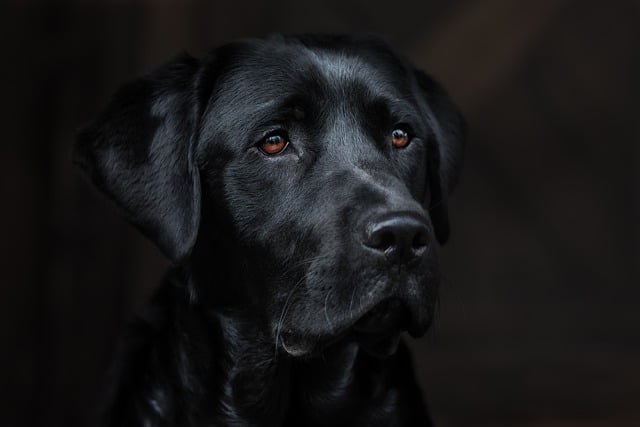
Do pitbulls need jackets in the winter?
In the cold winter, pet owners always worry about whether their pets can survive the cold weather. As a dog breed that has received much attention,
As owners, we always want to give our dogs meticulous care, and oral cleaning is an indispensable but often neglected part of this care. Every time we carefully clean our dogs' mouths, we are building a strong defense for their health and silently telling our deep love for them.
The oral environment of a dog is like a complex little world. Food residues, bacteria, saliva, etc. interact with each other, and a layer of sticky dental plaque can be formed in just a few hours. These invisible bacterial groups are tightly attached to the surface of the teeth and continue to breed and multiply. If not cleaned in time, dental plaque will begin to mineralize after 24 hours and gradually turn into hard dental calculus. Dental calculus not only causes bad breath, but also irritates the gums, causing a series of oral diseases such as gingivitis and periodontitis. Imagine how uncomfortable our dogs must be when they can't eat normally because of toothache, and they are not interested in their favorite bones, and how distressed we will be when we see it.
Brushing teeth is undoubtedly the most direct and effective way to clean a dog's mouth. However, many owners often encounter various problems when brushing their dogs' teeth: dogs resist and struggle, and regard toothbrushes as "enemies", making cleaning difficult. In fact, as long as you master the correct method and guide them step by step, dogs can slowly accept brushing. First of all, you need to choose the right tools for your dog. Pet-specific toothbrushes are divided into finger-tip toothbrushes and regular toothbrushes. Finger-tip toothbrushes are soft and fit, suitable for dogs who are just starting to brush their teeth. Owners can put them on their fingers and gently rub the surface of the dog's teeth to let them gradually adapt to this touch; regular toothbrushes can clean the gaps between teeth more deeply, but dogs need to have a certain degree of cooperation. Dog toothpaste is very different from human toothpaste. They use chicken flavor, beef flavor and other flavors that dogs like, and do not contain fluoride to ensure that dogs will not cause harm to their bodies when licking.
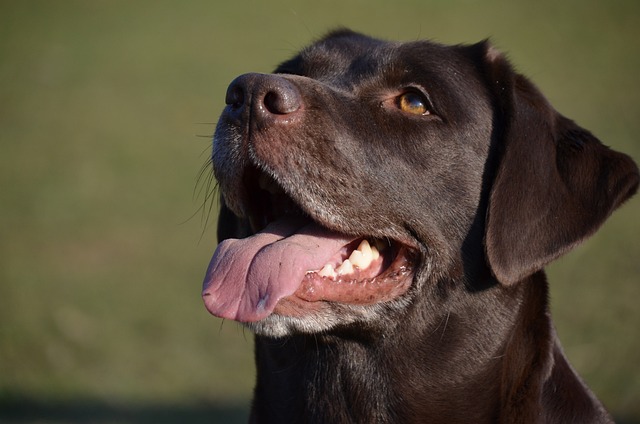 When starting brushing training, don't rush to put the toothbrush into the dog's mouth. You can first let the dog get familiar with the taste of toothpaste, apply a small amount of toothpaste on your fingers, let them lick it, and build a good impression of toothpaste. Next, gently open the dog's mouth and gently massage the gums and tooth surfaces with your fingers for a few seconds each time to let the dog adapt to the touch in the mouth. When the dog no longer resists, dip the toothbrush in toothpaste and start from the molars, cleaning the outer side, inner side and occlusal surface of each tooth in a gentle circle. The force of brushing teeth must be gentle to avoid damaging the dog's delicate gums.
When starting brushing training, don't rush to put the toothbrush into the dog's mouth. You can first let the dog get familiar with the taste of toothpaste, apply a small amount of toothpaste on your fingers, let them lick it, and build a good impression of toothpaste. Next, gently open the dog's mouth and gently massage the gums and tooth surfaces with your fingers for a few seconds each time to let the dog adapt to the touch in the mouth. When the dog no longer resists, dip the toothbrush in toothpaste and start from the molars, cleaning the outer side, inner side and occlusal surface of each tooth in a gentle circle. The force of brushing teeth must be gentle to avoid damaging the dog's delicate gums.
At the beginning, each brushing time does not need to be too long, 30 seconds to 1 minute is enough, and as the dog gradually adapts, it can be slowly extended to 3-5 minutes. This process requires great patience from the owner. It may progress slowly at the beginning, but as long as you persist, you can see the dog's transformation from resistance to cooperation.
In addition to brushing teeth, oral care products are also a good helper for cleaning the dog's mouth. Chew toys are the favorites of dogs and are also natural "tooth cleaning tools". High-quality chew toys made of rubber or nylon can effectively remove some plaque and food residues on the surface of teeth through mechanical friction during the dog's chewing process. Toys of different shapes and hardness can also satisfy the dog's natural teeth grinding and release their excess energy. Dental cleaning snacks are also loved by dogs. Their unique shape design allows them to go deep into the teeth and scrape off tartar when the dog chews. However, the owner should pay attention to controlling the amount of dental cleaning snacks to prevent the dog from getting fat due to excessive calorie intake. Moreover, dental cleaning snacks cannot completely replace brushing teeth, but can only be used as an auxiliary cleaning method.
For those dogs who really resist brushing their teeth or have serious tartar, they need the help of professional veterinarians. Veterinarians will use ultrasonic teeth cleaning to thoroughly remove tartar and plaque under the anesthesia of the dog, and check the health of the gums and teeth, detect potential problems in time and treat them. Although teeth cleaning requires professional operation and anesthesia has certain risks, it is worth taking them for regular oral examinations and necessary teeth cleaning care for the oral health of dogs.
Cleaning the dog's mouth is not only a job to maintain health, but also a loving interaction. Every patient guidance and every gentle touch deepens the trust between us and the dog. When we see dogs with healthy white teeth, rubbing against us affectionately with fresh breath, all our efforts are meaningful. In their life journey, we are not only their masters, but also their guardians. Protecting their oral health is an important chapter in protecting their bright smiles and happy lives.

In the cold winter, pet owners always worry about whether their pets can survive the cold weather. As a dog breed that has received much attention,
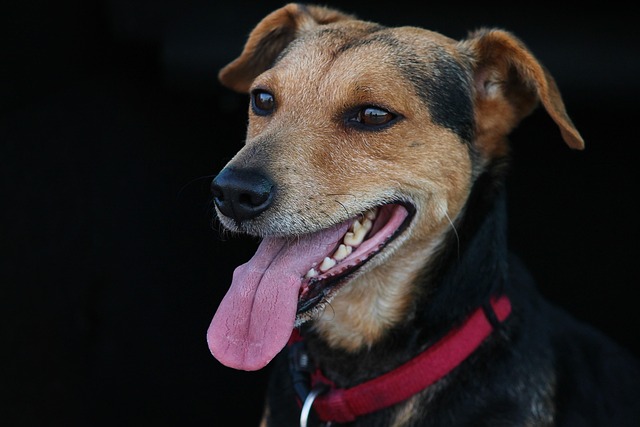
As we walk our dogs at sunset, watching them wag their tails joyfully and savoring the warmth of companionship, i
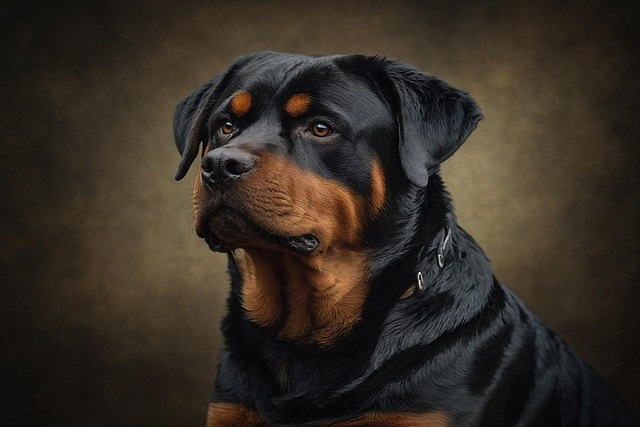
When we watch dogs frolic and jump with unrestrained joy, their vibrant figures are the warmest source of healing in life.
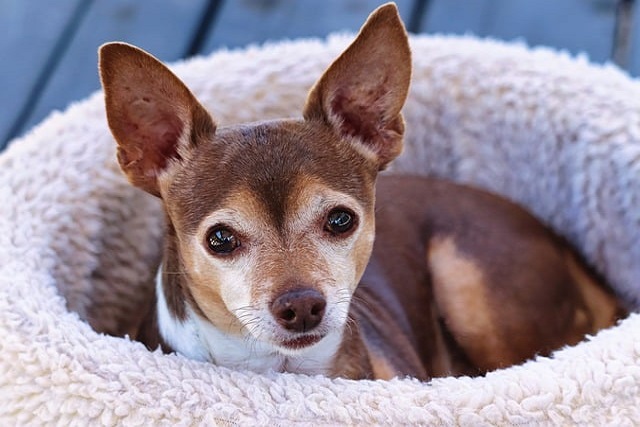
When we reach out to pet our normally lively and adorable dog, we are met with it constantly scratching and biting its skin,
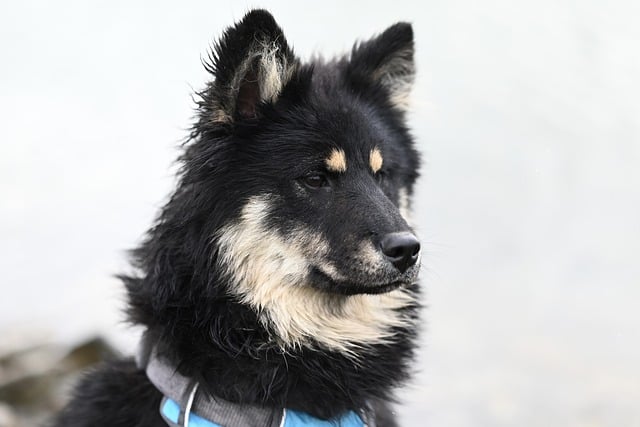
When a furry paw pats your palm and a wet nose rubs your cheek, the warmth and healing are enough to melt all the fatigue. However, for people with dog allergies, this close contact may bring endless troubles.
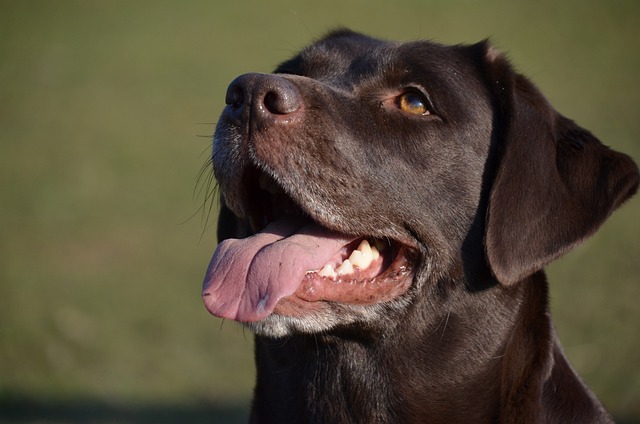
As owners, we always want to give our dogs meticulous care, and oral cleaning is an indispensable but often neglected part of this care.